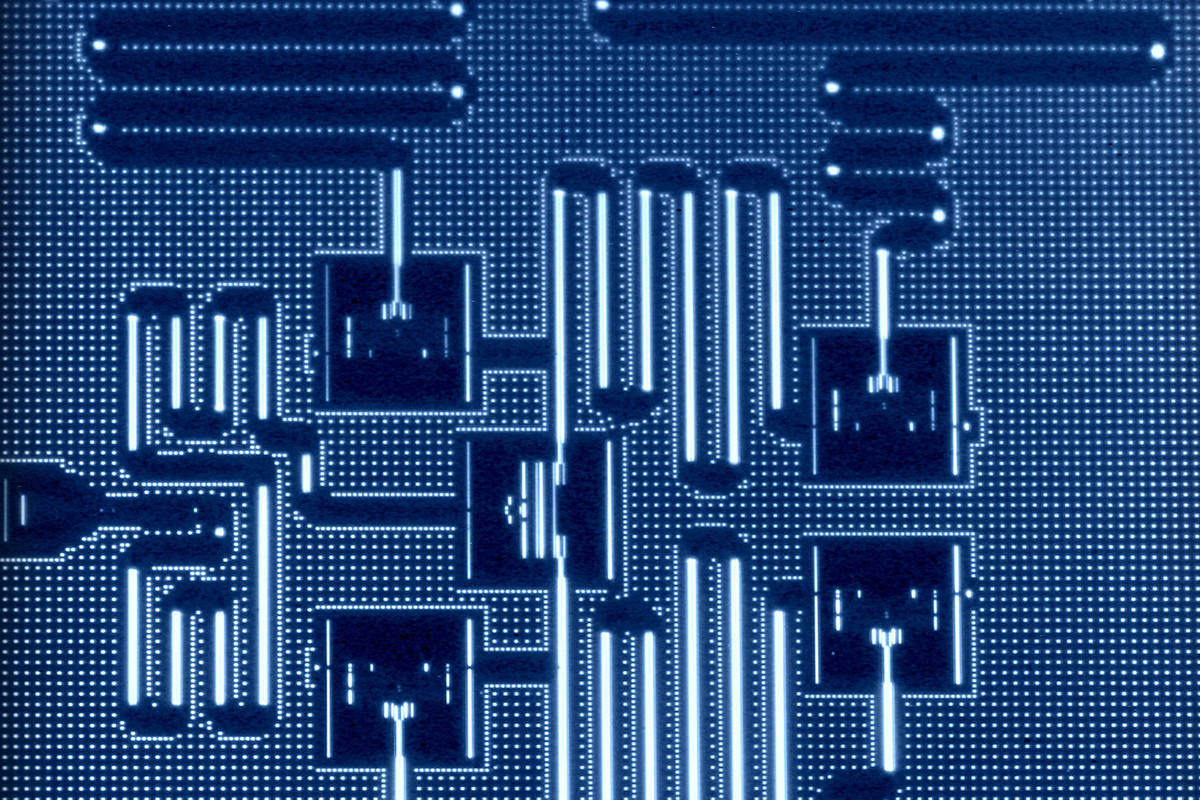Quantum Computing has for 35 years been a key focus for the techno-giants, in 1981 IBM and MIT jointly hosted the very first quantum computing conference. Quantum computing is based upon quantum physics and fundamentally nature as for over a century it has been established that nature’s building blocks obey the laws of quantum physics and so in 1981, Nobel Laureate Richard Feynman urged scientists to build a computer according to quantum mechanics so we could then simulate nature, this of course was after Paul Benioff first applied the quantum theory to computers theorizing about creating a quantum Turing Machine.
Consequently for over 20 years IBM maintained a research lab dedicated to the cause as they believe that current digital electronic computers based on transistors are almost fulfilled and so, more than wanton, the next step is required. It is of such significance that the research is recognized and compared to that of the space race, where IBM were also were a critical cog.
On May the 4th 2016 IBM announced the breakthrough. They have opened quantum computing capabilities to researchers and scientists around the world, who can now access IBM’s five-qubit quantum processor on any desktop or mobile device by utilizing the IBM Quantum Experience which is the first of its kind delivered on the Bluemix platform via the IBM Cloud. The crucial piece of this hugely complex puzzle has been the lack of hardware to test theories and ideas which IBM’s quantum systems now provide through the Bluemix portal. The portal allows users to run and test algorithms and experiments on IBM’s quantum processor working with individual qubits and explore resources of just what quantum computing maybe able to permit.

But what is Quantum computing?
The computer you are reading this one works in 1’s and 0’s, on or off on a binary basis, but quantum states allow for much more complex information to be encoded in to a much smaller computer, going by Moore’s Law in that the number of transistors on a microprocessor doubles every 18 months, by 2020 or 2030 the number of circuits on a microprocessor will have to be measured on an atomic scale. Quantum computers will then harness the power of atoms and molecules to perform calculations much faster than any silicon-based setup.
The 1’s and 0’s in a quantum computer can be both at the same time or superposition’s of, so whilst a normal computer can manipulate data in either 1 or 0 states, quantum computers aren’t limited to the 2 states instead they can work on every superposition and effectively every point in between. The quintessential point is that instead of digital computers which only workout the correct action, or solution to a proposed problem, quantum computers will calculate every possible answer and analyse the most appropriate at lightning speeds.
To put that simply…
Because these atoms can be programmed to represent all input combinations- doing so simultaneously- when an algorithm is ran all possible input combinations are tested at once, whereas with a regular computer you’d have to serially cycle through every possible input combination before discovering the solution which for some of the most complicated calculations would take an age... continue reading
No comments:
Post a Comment